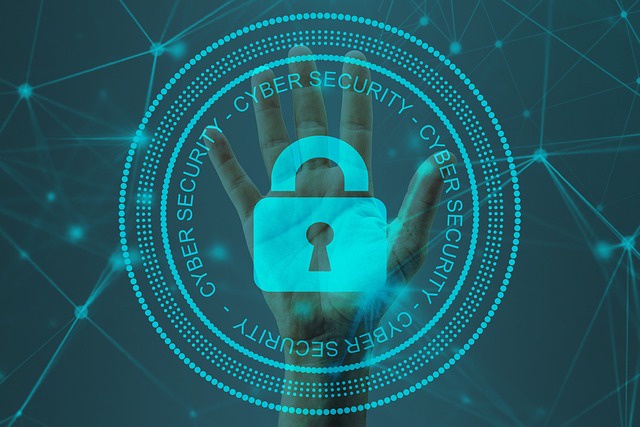In our modern digital landscape, where threats to security are ever-evolving, access control stands as a vital shield against potential breaches. From the physical realm to the digital domain, how we regulate and manage access is constantly evolving, adapting to emerging technologies and security challenges. Let's delve into the key trends reshaping the access control landscape in 2024 and beyond.
-
Biometric Authentication: Biometric Authentication technology has revolutionized access control, offering a more secure and user-friendly alternative to traditional methods like passwords or keycards. Utilizing unique identifiers such as fingerprints, facial recognition, and iris scans, biometrics provide a robust way to verify identities. As these technologies become more advanced and accessible, we anticipate widespread adoption across various sectors, from corporate offices to healthcare facilities.
-
Mobile Access: With smartphones becoming an integral part of our daily lives, leveraging them for access control purposes is a logical progression. Mobile access solutions turn smartphones into digital keys, enabling users to unlock doors, access secure areas, and verify transactions seamlessly. This trend not only enhances convenience but also bolsters security by reducing the risk of lost or stolen physical credentials.
-
Cloud-Based Access Control: Traditional on-premises access control systems are making way for cloud-based solutions, offering enhanced flexibility, scalability, and accessibility. Cloud platforms facilitate centralized management of access permissions across multiple locations, making it easier for organizations to uphold security standards and adapt to evolving threats. Moreover, cloud deployment eliminates the need for costly hardware infrastructure and provides real-time visibility into access activities.
-
Zero Trust Security: In an era where perimeter-based security is no longer sufficient, the zero trust model has gained traction. Zero trust security operates on the premise that no entity, whether inside or outside the network, should be trusted by default. Access is granted based on rigorous verification of identity, device security posture, and contextual factors. By embracing a zero trust approach, organizations can mitigate the risk of insider threats and unauthorized access attempts.
-
Integration with IoT and AI: The proliferation of IoT devices and advancements in AI are reshaping access control systems. IoT sensors and smart devices bolster physical security by enabling real-time monitoring and automated responses to security events. AI-driven analytics analyze access data to identify anomalies, forecast potential threats, and optimize access policies for improved efficiency and security.
-
Blockchain for Identity Management: Blockchain technology holds promise for revolutionizing identity management and access control. By providing a decentralized and tamper-resistant platform for storing and verifying digital identities, blockchain-based solutions offer enhanced privacy, security, and interoperability. This empowers individuals to have greater control over their personal data while streamlining identity verification processes across different systems and organizations.
-
Behavioral Biometrics: Beyond traditional biometric methods, behavioral biometrics are gaining traction for continuous authentication. By analyzing user behavior patterns like typing rhythm and mouse movements, organizations can create unique biometric profiles that enhance security without inconveniencing users with frequent authentication prompts.
In summary, access control trends significantly transforming by technological advancements, regulatory requirements, and evolving security threats. By embracing these trends and leveraging innovative solutions, organizations can fortify their security posture, streamline operations, and safeguard valuable assets in an increasingly interconnected world. However, it's crucial to strike a balance between security and user experience, ensuring that access control measures remain effective without impeding productivity or causing unnecessary friction for authorized users.


No comments yet